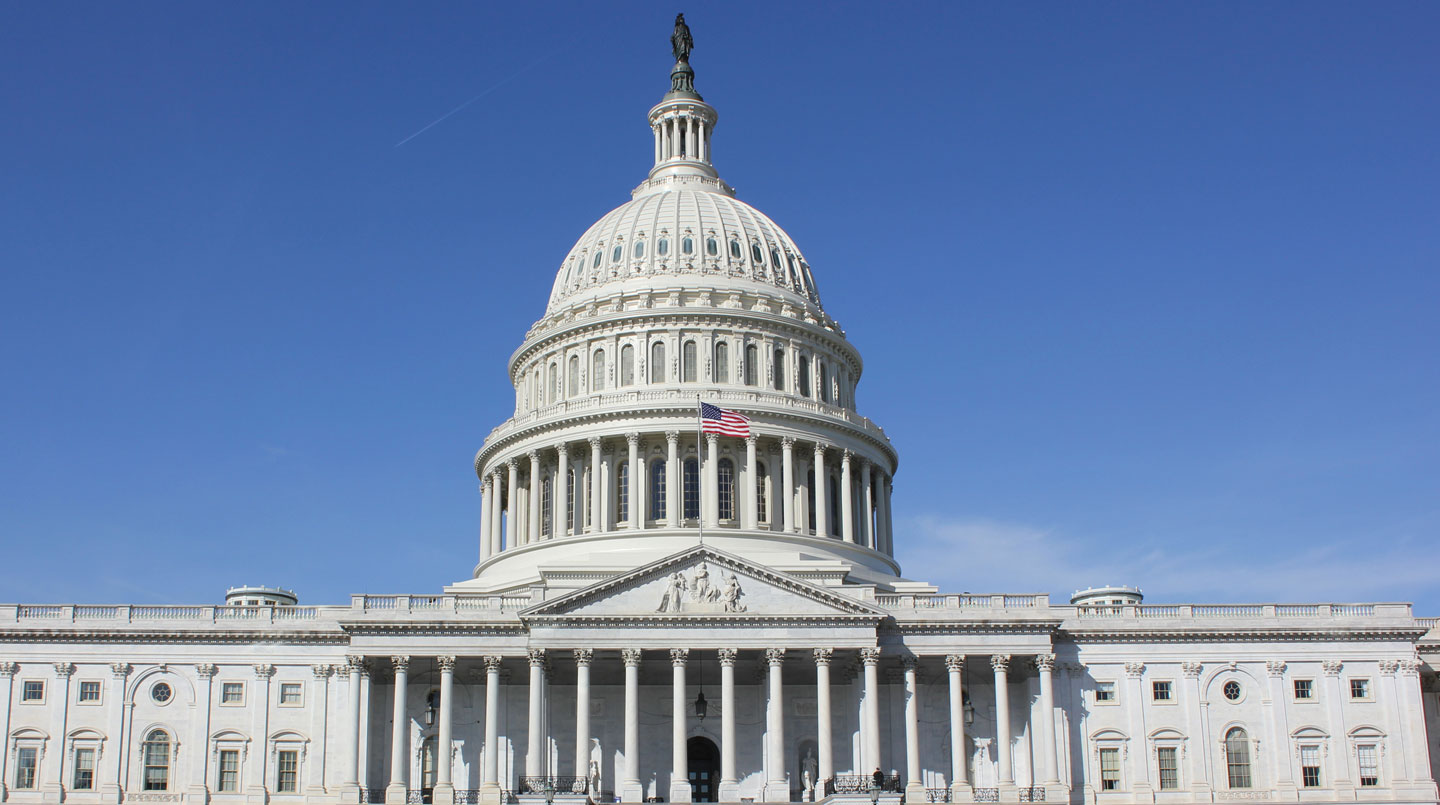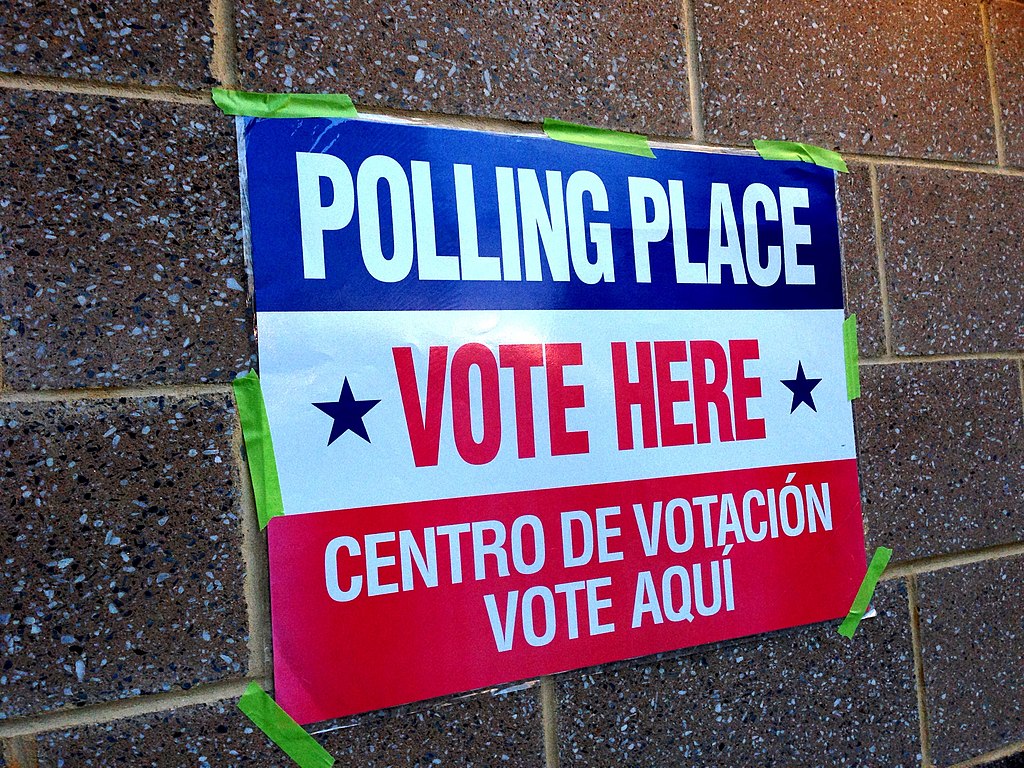Category: 2022 elections
-
Election legislation roundup: Florida House of Representatives

As of March 5, Ballotpedia has tracked eight election-related bills in the Florida House of Representatives since the beginning of the year. Of the eight, Ballotpedia tracked four from Feb. 27-March 5. Republicans sponsored three, while Democrats sponsored one. The four bills are: FL H1249: Limited English-proficient Voter Assistance, Reps. Kristen Arrington (D), Lisa Dunkley…
-
The final state legislative election of 2022

On Feb. 21, voters in New Hampshire’s House Stafford 8 District will determine the winner of the only remaining uncalled state legislative election of the 2022 cycle. The seat was up for election on Nov. 8, but ended in a 970 to 970 vote tie, resulting in a redo election between incumbent Chuck Grassie (D)…
-
At least 56 minor party or independent candidates in 2022 received more votes than the margin of victory in their election

In the 2022 elections, at least 56 minor party or independent candidates received more votes than the margin of victory in their election. There were five such candidates in elections for federal office and 18 in elections for statewide offices. In 2020, by comparison, at least 77 minor party or independent candidates received more votes…
-
More U.S. House elections decided by MOVs of five percentage points or less in 2022 than in 2020

In 2022, 40 U.S. House elections were decided by margins of victory of five percentage points (pp) or less, up from 37 in 2020. Democrats won 22 of those races, up from 19 in 2020. Republicans won 18, the same number as in 2020. California and New York each had five races decided by five…
-
Tallying error in Oakland, Calif., led to inaccurate election results

On December 28, 2022, the Alameda County Registrar of Voters acknowledged in a press release that the initial certified results were incorrect for the school director race in District 4 of the Oakland Unified School District in California. Although Nick Resnick was certified as the winner of the race in November, Mike Hutchinson, who originally…
-
Results of state executive endorsements in 2022 school board elections

Ballotpedia tracked 106 endorsements of school board candidates by state executive officials and candidates in 2022. Endorsements included official statements, appearances at campaign rallies, and direct participation in campaign ads and materials. The state executives and candidates to make endorsements were: Arizona: Gubernatorial candidate Kari Lake (R) and Superintendent of Public Instruction candidate Shiry Sapir…
-
2022 elections see second-highest nationwide midterm voter turnout since 2002

The 2022 elections saw the second-highest midterm voter turnout since 2002, according to data compiled by the United States Election Project. The turnout rate in 2022 was 46.8%. Since 2002, the highest midterm turnout rate was in 2018, at 50.3%, and the lowest was in 2014, at 36.7%. At the state level, Oregon had the…
-
Twelve delegations become more Republican and nine become more Democratic in the 118th Congress

As a result of the 2022 elections, the congressional delegations of 12 states will become more Republican because Republicans in those states gained seats, Democrats lost seats, or a combination of the two. The congressional delegations of nine states will become more Democratic because Democrats in those states gained seats, Republicans lost seats, or a…
-
Republicans increase control over state legislative districts overlapping with Pivot Counties and Reverse-Pivot Counties

After the 2022 elections, Republicans hold 540 (65.9%) state legislative seats overlapping a Pivot County, up from 507 (63.6%) after the 2020 elections. Democrats hold 280 state legislative seats (34.1%) overlapping a Pivot County, down from 290 (36.4%) after the 2020 elections. Pivot Counties are the 206 counties that voted for Barack Obama (D) in…
-
94% of incumbents won re-election in 2022 general election

Ballotpedia covered all state and federal races on Nov. 8, 2022, as well as local elections in America’s 100 largest cities by population. In the 2022 general election, an average of 94% of incumbents nationwide won their re-election bids. Comparatively, in the 2021 general election, 86% of incumbents nationwide won their re-election bids. In the…

